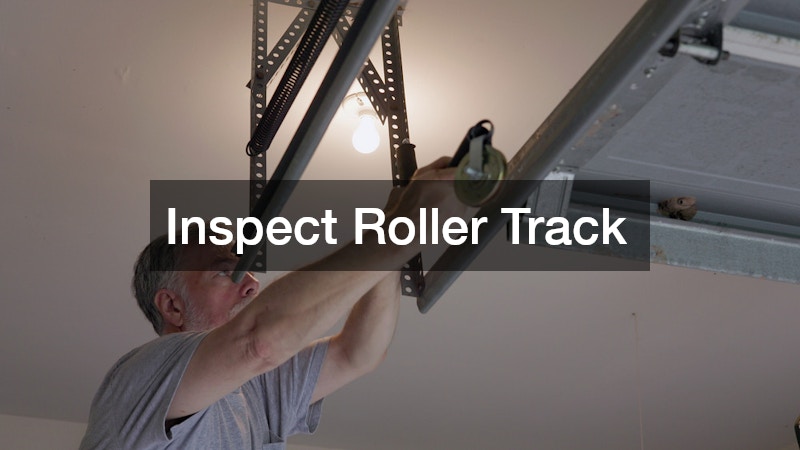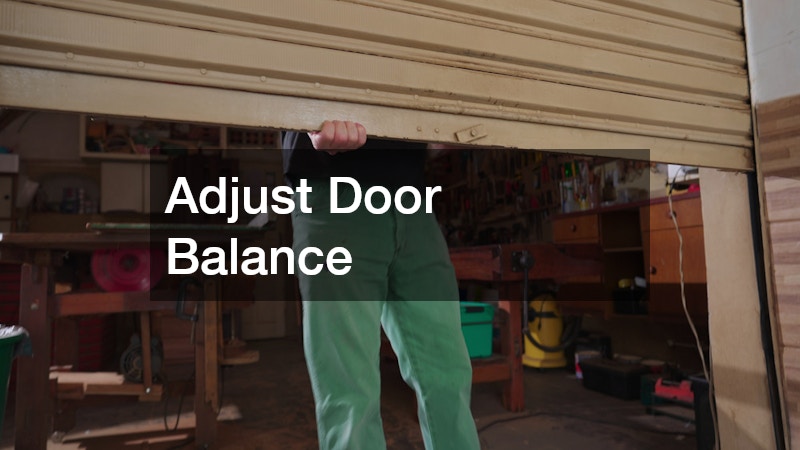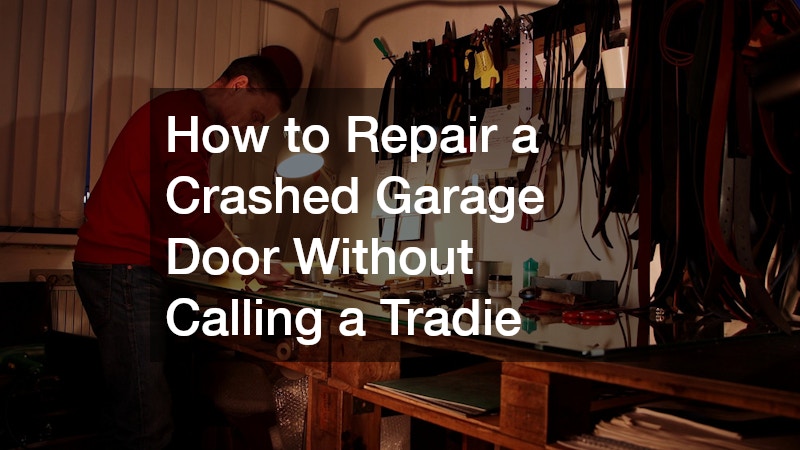A crashed garage door is more than just an inconvenience—it’s a potential safety risk and a frustrating interruption to your day. Whether it’s stuck halfway, sagging on one side or making unsettling noises, a malfunctioning door can be intimidating. But not every issue requires the expense or delay of calling a tradie. In fact, with a little care and the right tools, many common problems can be resolved at home.
This article covers three key steps to help you identify and repair a damaged garage door: inspecting the roller track, adjusting the door’s balance and fixing damaged panels. These steps are especially relevant if your home features a roller door or you’ve recently undergone a garage door installation. Regular maintenance and timely repairs not only keep your garage secure but also extend the life of the system.
By learning these basic repair techniques, you’ll be better equipped to handle sudden issues with your garage doors—no professional required. Let’s start with one of the most frequent problem areas: the roller track.
Inspect Roller Track

A faulty roller track is a top cause of a broken garage door. Over time, the track that guides your roller door can become misaligned or blocked by dirt, bolts or rust. When that happens, the rollers catch, the door binds, and the entire mechanism strains under pressure.
To begin the repair, disconnect your automatic opener and lift the door manually. Inspect the metal track for any visible dents, loose fasteners or debris. Use a level to ensure the track is still straight. Misalignment might not be immediately obvious, but it can seriously affect how the door moves. Tighten any loose brackets and remove built-up grime with a clean cloth—skip any oil-based lubricants, as these often attract dust and make things worse over time.
If the rollers seem worn, chipped or no longer spinning freely, consider replacing them. Many hardware stores stock universal roller replacements that fit most garage doors. Just ensure the door is fully supported before attempting to remove any components.
A clean, aligned track gives your door a smoother lift and helps prevent further crashes or system failure.
Adjust Door Balance

If your garage door is heavy to lift manually or slams shut unexpectedly, it’s probably out of balance. Proper balance is essential to ensure the door opens and closes evenly without straining the opener or hardware. A crashed garage door often indicates that one side is under more tension than the other, placing extra stress on cables, springs and hinges.
To test the balance, pull the emergency release cord and lift the door halfway. If it stays in place, the balance is likely fine. If it drops or rises, you’ll need to adjust it.
Caution: Garage door springs are under high tension and can cause serious injury. If your door uses torsion springs (mounted horizontally above the door), it’s best to consult a professional. However, if you have extension springs (mounted on the sides), you can adjust the tension by relocating the hook in the spring to a different hole on the hanger. This should only be done with the door fully open and tension relieved.
Always wear gloves and eye protection when adjusting tension and making small changes. A well-balanced system reduces wear on your garage doors and improves their lifespan, especially when paired with regular maintenance.
Fix Panel Damage

Panel damage is a common outcome of a damaged garage door, particularly after being bumped by a car, hit by a falling object or misaligned for too long. Cracked or bent panels can warp the entire system, making the door harder to operate and compromising the structure. This issue is especially relevant for newer garage door installations, which rely on precise alignment for automated systems to function smoothly.
To repair a damaged panel, start by identifying whether the damage is cosmetic or structural. For minor dents in metal doors, use a rubber mallet to gently push the panel back into shape from the inside. Wooden panels may require sanding and filling, followed by sealing to prevent moisture damage.
If a panel is badly bent, cracked or split, you may need to replace it. Most manufacturers offer individual panels that match standard garage door sizes. Depending on the design, you might be able to remove and swap a panel without dismantling the entire door. Be sure to support the surrounding structure during the process to avoid a second crash mid-repair.
By addressing damage early, you’ll prevent further warping and preserve the integrity of your garage door installation.
You don’t always need a tradie to fix a crashed garage door. With the right approach, some basic tools and an understanding of how your system works, you can restore your garage’s function and safety on your own. Whether you’re cleaning out the roller door track, rebalancing the springs or replacing a panel, each step you take helps prolong the life of your garage doors.
DIY repairs not only save you money, they also empower you to take better care of your property. So the next time your garage door gets stuck or misaligned, don’t panic. Follow these steps and handle the repair with confidence—no tradie required.
